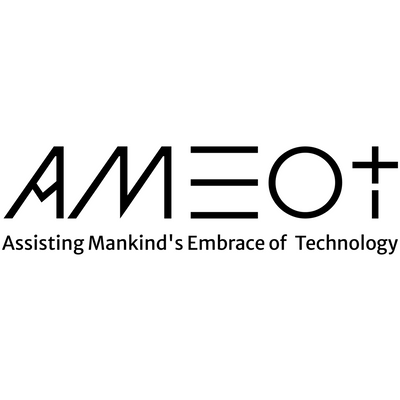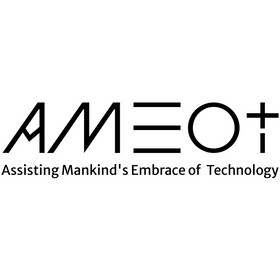Proactive 101: Knock Knock...

In the world of cybersecurity, controlling access is paramount. Just as you wouldn't leave your front door wide open, your enterprise must ensure that access to its systems and data is tightly controlled. This blog will explore different types of access an enterprise might have and discuss strategies like Multi-Factor Authentication (MFA) and Remote Login Processing to secure access before it can be breached.
Types of Access in an Enterprise
- Physical Access: This includes access to the physical premises, servers, and workstations.
- Network Access: Access to the organization's network, including wired and wireless connections.
- System Access: Access to various systems, such as email servers, databases, and applications.
- Data Access: Access to sensitive and confidential data stored within the organization.
- Remote Access: Access to the organization's systems and data from remote locations.
Strategies to Secure Access
Multi-Factor Authentication (MFA)
Multi-Factor Authentication (MFA) is a security mechanism that requires multiple forms of verification before granting access. It typically combines:
- Something You Know: Password or PIN.
- Something You Have: A smartphone or hardware token.
- Something You Are: Biometric verification, like fingerprints or facial recognition.
MFA significantly enhances security by ensuring that even if one factor (e.g., a password) is compromised, unauthorized access is still unlikely without the other factors.
Example: The Equifax Breach
The 2017 Equifax data breach exposed sensitive information of 147 million people. The attackers exploited a vulnerability in a web application, gaining access to personal data. One of the key failings was the lack of strong access controls and the absence of MFA. Implementing MFA could have provided an additional layer of security, making it harder for attackers to exploit the system .
Remote Login Processing
With the rise of remote work, securing remote access has become crucial. Remote Login Processing involves ensuring that remote access is secure, authenticated, and monitored. This can be achieved through:
- VPNs (Virtual Private Networks): Encrypts internet connections and routes them through secure servers, ensuring that data transmitted between remote users and the organization is protected.
- Zero Trust Network Access (ZTNA): Assumes that no one, whether inside or outside the network, is trustworthy. Every request for access must be authenticated and authorized.
- Endpoint Security: Ensures that devices accessing the network remotely are secure and compliant with security policies.
Example: The SolarWinds Attack
In 2020, the SolarWinds cyberattack compromised numerous government agencies and private companies. The attackers inserted malicious code into the SolarWinds Orion software, which was then distributed to its customers. The breach was facilitated by poor access controls and monitoring. Implementing robust remote login processing and continuous monitoring could have detected the abnormal behavior earlier and potentially prevented the widespread damage .
Benefits of Proactive Access Control
- Reduced Risk of Breaches: Strong access controls can prevent unauthorized access and reduce the risk of data breaches.
- Improved Compliance: Adhering to standards and regulations like GDPR, HIPAA, and PCI-DSS ensures that access controls are in place, protecting sensitive data.
- Enhanced User Experience: Implementing user-friendly MFA and remote access solutions can enhance security without compromising the user experience.
- Cost Savings: Preventing breaches and unauthorized access can save organizations significant costs associated with data loss, legal fees, and reputational damage.
Conclusion
Proactive access control is about securing the "doors" to your organization's valuable data and systems before attackers can knock. Implementing strategies like Multi-Factor Authentication (MFA) and robust Remote Login Processing can make it significantly harder for unauthorized users to gain access.
If you found this informative and want to learn more, visit AMEOT and check out the rest of the "Proactive 101" series.
If your organization could benefit from developing an effective breach and ransomware strategy, book a 30-minute call with one of our security professionals.
Thank you for your time and attention. Implementing proactive security measures can save your organization from significant financial losses and operational disruptions. Let’s work together to secure your future.
References
- Equifax Breach Report
- Multi-Factor Authentication
- SolarWinds Attack Overview
- Remote Login Security






